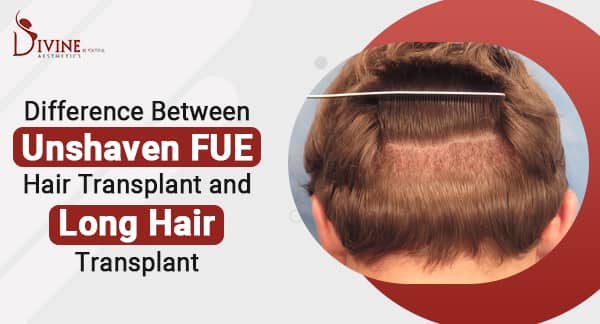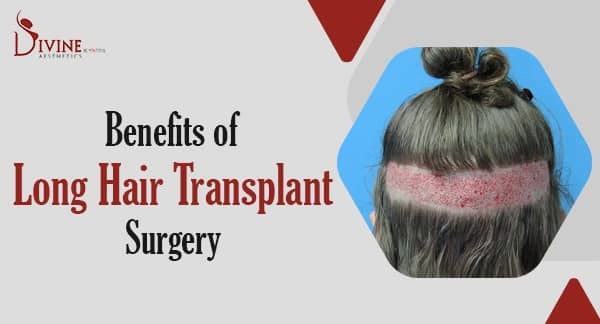Maximum Density of Hair Transplants
Are you troubled by the look of your hair? Are you going through excessive hair loss or even balding? If yes, then you need to get a hair transplant done. A hair transplant is a plastic surgery procedure during which hair follicles are taken from the donor area and implanted in the recipient area.
But before getting a hair transplant done, there are bound to be several questions that you might have. And one of the most important questions is: what is the maximum density of hair you can get after the transplant?
Find out the answer to this question today!
Understanding Hair Transplantation
Hair transplantation is a surgical procedure that relocates hair follicles from the ‘donor site’ to a balding ‘recipient site’. The success of a hair transplant largely hinges on the density of the transplanted hair.
There are two main types of hair transplant procedures:
- Follicular Unit Transplantation (FUT)
- Follicular Unit Extraction (FUE)
FUT involves removing a strip of skin with hair from the donor site, whereas FUE involves removing individual hair follicles. Both techniques have their advantages and disadvantages, and the choice depends on the patient’s needs and circumstances.
Post-surgery, patients may experience some discomfort and swelling, but these usually subside within a few days. The transplanted hair will often fall out within a few weeks of the procedure, but this is normal, and new growth should start to appear after a few months.
The Maximum Density Of Hair After Hair Transplants
The density of hair transplants refers to the concentration of follicular units transplanted into the scalp during a hair restoration procedure. This density is typically measured in follicular units per square centimeter (FU/cm²). Follicular units are natural groupings of hair found on the scalp, usually consisting of one to four hairs.
The average human scalp has a density of approximately 80-100 FU/cm². However, this can vary considerably between individuals. Factors such as age, ethnicity, genetics, and hair color can all contribute to this variation. For example, individuals with darker hair colors tend to have higher hair densities than those with lighter hair.
Understanding hair density is critical when planning a hair transplant procedure, as it directly impacts the perceived success of the operation. A transplant with a higher density can give a fuller, more natural appearance. However, it is important to note that there are limits to how densely follicular units can be transplanted. Overly dense transplants can cause trauma to the scalp and potentially result in a less successful transplant.
Because of this reason, when planning a hair transplant procedure, the surgeon must consider the patient’s natural hair density, the desired density, and the available donor hair. They must strike a balance between achieving the desired aesthetic result and ensuring the health of the patient’s scalp.
Also, the density of hair during the hair transplant is one of the factors in ensuring the success of the procedure. The surgeon’s expertise, the patient’s expectations, and the characteristics of the donor hair all play significant roles in the outcome of the procedure.
What Is The Maximum Achievable Density During Hair Transplants?
In theory, with the right patient and optimal conditions, densities of up to 60-80 FU/cm² can be achieved. However, this is an upper limit and is seldom reached in practice for several reasons:
- Finite Supply of Donor Hair: The donor area typically has a density of around 80-100 FU/cm². Over-harvesting can lead to a depleted donor area.
- Transplantation Limits: There is a limit to how much hair can be transplanted at once, as each follicle needs sufficient blood supply to survive. Overcrowding may lead to some follicles failing to ‘take’, resulting in a lower overall density.
- Surgeon Skill and Experience: High-density success also hinges on the surgeon’s skill and experience. It requires careful planning and precision to ensure each follicle is placed correctly for a natural result.
The Other Goals Of Hair Transplantation
The primary objective of hair transplantation is to achieve a natural-looking density. However, this doesn’t necessarily mean duplicating the original density of the hair. Research indicates that 50% of the original density usually creates a perception of fullness.
It’s crucial to focus on the patient’s specific pattern of hair loss, the texture of their hair, and the contrast between their hair and scalp color when catering to a hair transplant procedure. These factors significantly influence the outcome.
It’s also important to manage the patient’s expectations and explain that the goal is not to recreate their teenage hairline but to design a hairline that will age gracefully with them and appear natural throughout their lifetime.
Additionally, the patient should understand that the process might require more than one procedure to achieve the desired outcome. The goal is to enhance the patient’s appearance and boost their self-confidence.
You can also watch this video of Unshaven Long Hair Transplant
Have More Questions? Contact Dr. Amit Gupta At Divine Cosmetic Surgery
While high densities are possible with a hair transplant, it’s crucial to have realistic expectations. It is also important for you to become fully informed about the procedure and clear out any and all questions that you might have.
So, what are you waiting for? Find out the answer to all your questions related to hair transplants by contacting Dr. Amit Gupta today!











